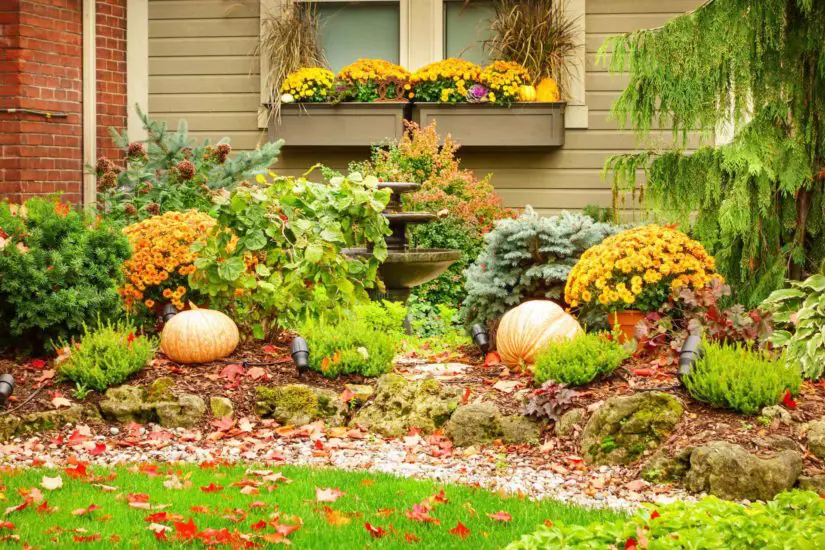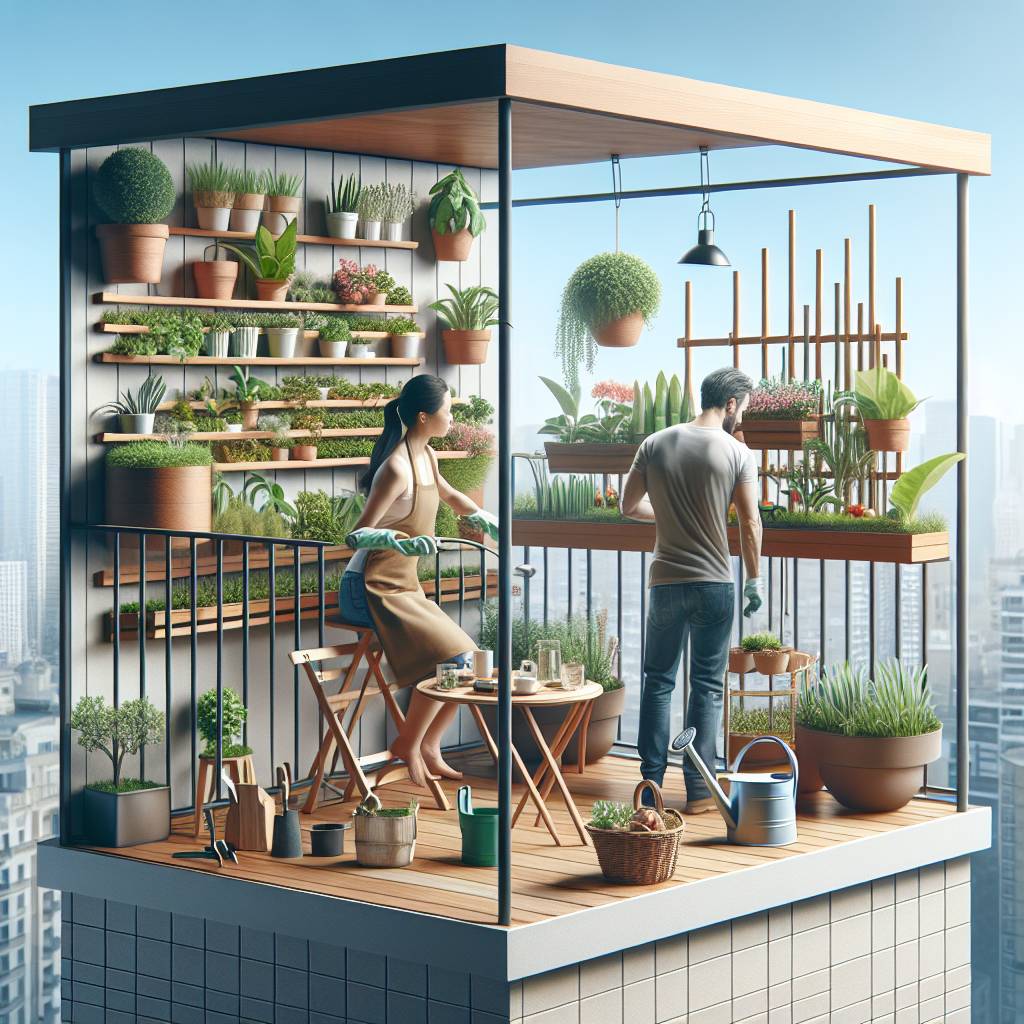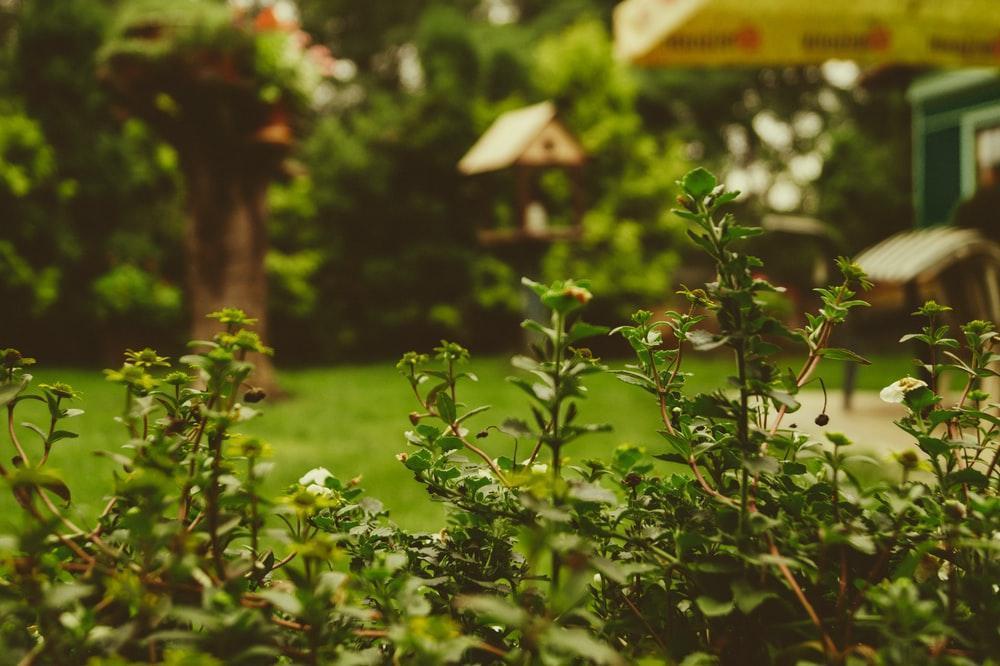Cultivating your backyard garden to flourish in Fall is not as difficult as most homeowners imagine.
All you must do is:
- Understand when to start preparing your garden,
- know the right crops to cultivate, and
- master how to care for your vegetation.
Growing a fall garden is fun because the cool weather during this season allows food crops to stay longer on the farm once they have ripened.
If your timing is right, you may enjoy fresh crops throughout the cold weather and into Spring.
So when is the right time to plant a fall garden? What veggies/fruits should you include? And how does one ensure they reap whatever they sow?
What is a Fall Garden?
This is a farm of vegetables and fruits cultivated to flourish in the cold Fall season. Apart from supplying your household with essential food supplies, the fresh fruits and veggies in fall gardens can improve the aesthetics of your backyard.
Homeowners must choose plants that can survive and thrive during Fall to ensure a happy harvest. For instance, veggies like kale and broccoli can thrive under cool conditions and still stay in the garden even long after they are ready for harvesting.
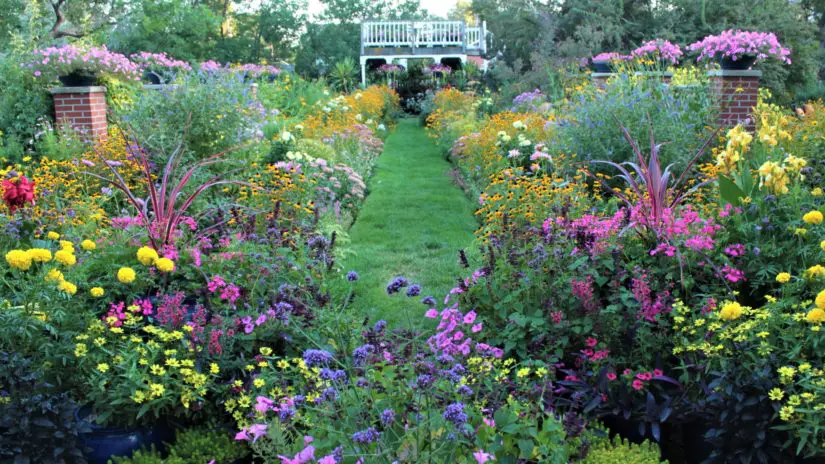
Planting time is a key factor when growing a fall garden. You need to plant early enough to reap the advantages of farming during Fall i.e., enjoy fresh farm foods over a longer period.
When Should You Start Growing a Fall Garden?
Late July and early August are the best times to start preparing your garden for fall vegetation.
However, to manage a Fall harvest, be sure to sow the seeds as early as 10 weeks ahead of the first frost.
Fruits & Vegetables to Grow in Your Fall Garden
Not all crops do well in Fall. You want to choose the right ones to increase the likelihood of an abundant harvest. Below is a list of Fall fruits and veggies to grow in your backyard:
Fall Vegetables
- Cabbage
- Green onion
- Kale
- Lettuce
- Broccoli
- Beans
Fall Fruits
- Figs
- Guava
- Cranberries
- Apples
- Passion fruit
- Grapes
Tip: Though having an assortment of crops is an excellent idea, limit your options to 2-3 per category to encourage optimal growing conditions and guarantee attention to all.
Remember, overcrowding in gardens can also encourage disease transmission in plants.
Growing a Fall Garden
Preparing and cultivating a fall garden is easier than you imagine. Once you have mastered the seasons, you can time your plants right and enjoy multiple harvests even later into spring.
Follow these steps to grow yours:
1. Prep the Garden
Create space for your new project by eliminating all plants that aren’t at their best or those that you have already reaped.
Also, pull out all weeds so that they don’t compete for moisture and nutrients with your newly planted crops.
Lastly, Make the most of a free planting bed by adding a layer of compost to create optimum germination conditions for your fall fruits and veggies.
2. Get the Seed Bed Ready
Most homeowners growing a fall garden begin planting most of their vegetables from the seedbed. Once the seedbed is ready, you can acquire new seeds or use the leftovers from Spring.
If you choose to sow the seeds directly into the garden, be sure to place them deeper than one would in spring.
3. Add some fast-maturing crops
Make the most of your garden by adding a section for fast-maturing plants that shift from the nursery to the ground in no longer than 40 days.
Examples of such plants are mustard, spinach, arugula, and turnips. These fast-maturing crops should be fit to harvest in a month or so. If you want something faster, try other sprinters like tatsoi and Asian greens. These can be ready for harvest in less than a month (maybe 3 weeks).
4. Caring for Your Garden
Remember to water all your plants in the warm months, i.e from July through September.
Add plenty of water ( about an inch into the ground). To achieve this, give your transplanted plants a weekly deep watering instead of a series of shallow waterings.
At this moment, pests and diseases are imminent so watch out for red flags like spots or holes in the veggies’ leaves. Always take care of such setbacks immediately to reduce disease spread and control the damage.
Lastly, you can cover your plants from frost to prolong the growing season into fall. To do this, place a sheet or tarp on top of your garden every time the weather forecast announces a frost.
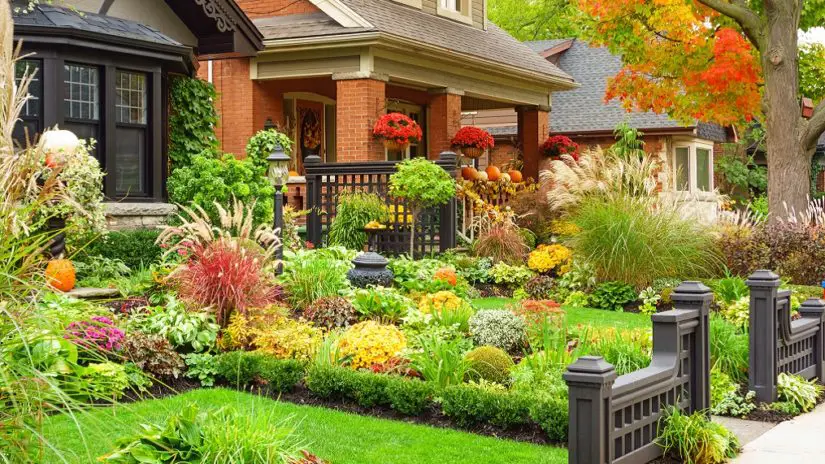
(Please note that there are three separate homes in a row)
The Bottom line on Growing a Fall Garden
Ultimately, your success boils down to timing, crop choice, and how well you care for the garden. Research the best time to grow fall crops in your region and the well-performing plants to make informed decisions.
